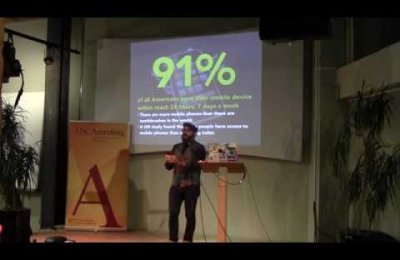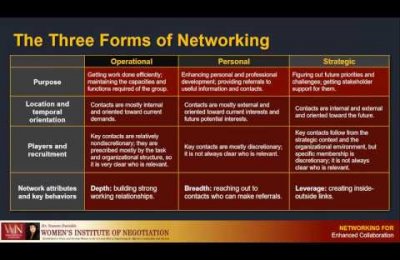
Bringing with her the skills she cultivated through the intensive nine-and-a-half month graduate program, and as associate news editor for Neon Tommy, Crandall opted to extend her graduate studies with an additional class and internship at The Big Issue South Africa. Though she was originally assigned to write a short news article about shark cage diving and hunting, Crandall soon found there was much more to the story and landed her first magazine cover after turning her reporting into a 2,800-word feature for the August/September issue.
“When I started my internship, my editor asked me some of the things I’m passionate about, and one of those is the environment,” Crandall said. “In Cape Town, shark cage diving is absolutely huge, but it’s pretty controversial.”
In recent years, the shark cage diving industry has boomed in South Africa, with tourists traveling from across the globe to get up close and personal with great whites in the water. Some opponents argue that a lack of regulation has encouraged tour operators to take dangerous measures to put on a show for paying customers, including baiting the sharks to come closer to shore. Sharks are also fished in South Africa for their fins and other body parts, which are sold for food and medicinal use.
During the two months she spent working on “Making a Killing,” while also serving as a social media intern for The Big Issue, Crandall spoke with researchers, “pestered” South African government officials, and even took the plunge in a cage diving vessel herself to help tell the story as vividly as possible.
“I wanted to get in the water with the sharks and see what it was really like to get on one of those cage diving operation vessels,” Crandall said. “When I gave my editor the first draft of the story, she asked me to keep researching and reporting, and when a surfer was attacked by a shark on live TV in South Africa, we knew we had to make it a cover story.”
Crandall has since returned to the U.S. to work as a freelance journalist, and said she hopes to find full-time work that allows her to further explore her journalistic interests. In the meantime, in light of her cover story success, Crandall was asked to write a feature about another aspect of South African life for October’s The Big Issue.
“The next issue is a special report on how social media changes the way we think, and in South Africa it’s unique because technology hasn’t quite taken off the way it has in the U.S.,” Crandall said. “Social media can really help a lot of the communities living in post-Apartheid overcome issues of race and marginalization.”
Having reported from Indonesia for JOUR 505: Specialized Reporting: Religion in the spring, and from Costa Rica as a Pulitzer Center on Crisis Reporting student fellow after returning from South Africa, Crandall is no stranger to international journalism. She said she was thrilled at the opportunity to extend her graduate studies abroad.
For Crandall, whose reporting experience covers a wide scope of topics ranging from environmental issues to religion and human rights, Cape Town stood out as an immediate front-runner.
“I wanted to go somewhere there were large systemic issues and real stories that needed to be told,” Crandall said. “At first I was worried about timing and money, but studying abroad proved to be super valuable and I would recommend it to anyone interested in international journalism.”
While stationed on the other side of the world for the summer, Crandall had frequent check-ins with USC Annenberg international program coordinator Sabrina Chong, and counts USC Annenberg faculty members Vince Gonzales, Marc Cooper and Larry Pryor among her mentors.
Crandall worked with Pryor in her capstone class, for which she put her scuba diving certification and love of underwater photography to use to create a multimedia project about pollution in the Santa Monica Bay.
“It certainly made her story more realistic and more authentic because of her ability to do that,” Pryor said. “Diana also seems to be fearless, which is not a bad characteristic for a reporter. That extra dimension that she brings to her work is important.”
Crandall credits Pryor’s class with teaching her the skills necessary to edit and rework “Making a Killing” until it was just right.
“My capstone class taught me how to take criticism well,” Crandall said. “I love this story a lot, and my editor worked with me throughout the whole thing, asking me to change things around, and it gave me a real understanding of what it was actually like to work with an editor.”
Though the whirlwind M.S. Journalism program presents students with an incredibly diverse range of journalistic skills and experience, Crandall said the biggest takeaway from her time at USC Annenberg has been immediately clear.
“I learned how to tell a story,” she said. “Everybody has a story, it doesn’t matter where in the world you are. If you don’t know how to tell it, you can’t do justice for the people who need their stories told."








